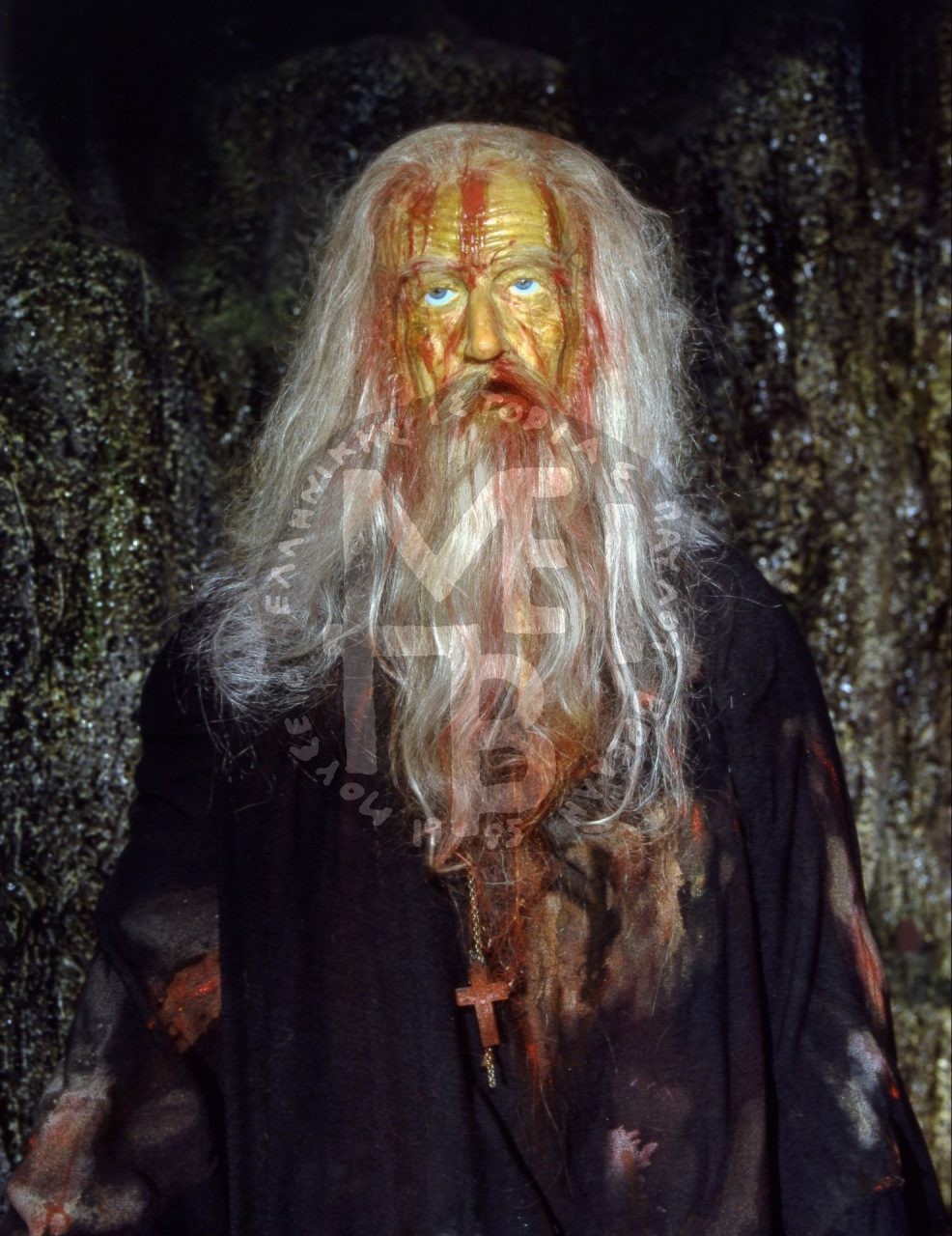He was born in Paramithia area in 1541 and while still very young he became a monk at St Dimitrios monastery. Later on, he studied philology, philosophy and medicine in important European centers like Venice and Padova. Afterwards, he went on with logic, poetry, grammar and astronomy in Constantinople. He kept studied until the age of 39. It was since then he was called ‘the philosopher’.
In 1571, the Turkish fleet was defeated by the united fleet of Spain, Venice and Pope Pius V in Nafpaktos. This event stirred up a number of insurrections on part of the Greeks in the areas of Akarnania, Thessalia, Ipiros and Mani. It was during that time he took action with the two agricultural movements in 1600 and 1611 respectively.
In 1563 he was ordained bishop by patriarch Jeremiah. He transferred his seat to Trikala. He witnessed the oppression of the slaves, the Islamizations and tortures. He began his work as a Metropolitan Bishop by inciting clergy and bishop Seraphim to rebel. This first movement failed, bishop Seraphim dying a tragic death. He fled to Italy and for this reason he was unfrocked. He attempted to organize another movement in 1604 in Fanari (Paramithia), but he got betrayed.
At the age of 70, he got back as a representative of the Great Powers. He came to talk to Metropolitan Bishop Mathew and friends in Ioannina. At the time the Christians lived in the castle and had privileges. He observed the town and the defenses. Going back to Dihouni, he started touring around the villages of Thesprotia. The wise orator’s ardor attracted the pure, simple and tortured by the tyranny people near him. With the help of the first hundred men he gathered, he took back two villages in Paramithia area. When he managed to gather a thousand, he aimed at Ioannina.
The attack was launched against the Turkish settlement in Kaloutsiani on September 10, 1611. The headquarters of Osman pasha of Ioannina was there. During this surprise attack the palace was burnt down, his guard was killed but the pasha himself fled and took refuge inside the castle. At dawn the castle Turks, on horseback and well armed, counterattacked and the status changed. They finally retreated. During the retreat, 200 revolutionaries got slaughtered while the rest fled to the mountains. The two second-in-commands, Deli-Giorgos and Lambros got caught and after being tortured, they were executed. During the same year, the Turks went to Dihouni, and destroyed the monastery where Dionysius began his action to the ground.
For three days Dionysius remained hidden in a cave inside the rocks on top of which the Ioannina castle is built. He got caught after betrayal. In presence of Osman Pasha, he said fearlessly: ‘I fought to free the people from your tortures and tyranny’. In his face they saw a rebel, a priest and a Greek who had to die an exemplary death. His executioners made sure he suffered for five whole hours.
I took photos of the cave where he hid himself and designed the interior. I used sackcloth, gypsum, glues and varnishes. The iron items and the chains were bought by the kilo.
In this composition the vertical, standing figure of the national martyr with his hands in chains stand out. His contribution to the cause is depicted by means of the bleeding half-open hand of his; his other arm lacks the strength. The two executioners, filthy, mean and full of hatred occupy the rest of the composition.
The face of Dionysius is at the age of 70 and bears the expression of pain and fortitude looking high up, towards his sacrifice. I depict the beginning of his torture, the first of the five hours that his flaying. Evidence of how his face looked like comes from an enlargement of a manuscript miniature in Prodromos Monastery, in Serres. Descriptions of biographers and historical books were of great help too.
The long, full of blood beard conceals much of the work on the upper part of his body. There are cuts along his face reaching the lower jaw, as well as scratches on the neck where part of the left part of his body. The eyelid sphincters are in tension and they form parallel lines to the forehead muscle, leaving the eyes wide open. The lower jaw lowers to help form the open mouth caused by great force provoked by pain. Most of the work on the face and especially that on his neck, was finally covered with beard since I thought more prudent to soothe the tragic and not portray the horror in an immediate way in the second theme of the museum.
The faces of the executioners were based on models. I needed two different types. The thin, blood-thirsty, introvert type is standing up. I made the eyebrow and forehead muscles stand out so that the meanness of the eyes becomes obvious. At the same time, the square lower lip and the lips sphincter, forming an obtuse angle in the mouth, I convey his maliciousness more intensely and also his revengefulness. The other executioner is square in an animal state, indifferent to what he is about to do. In this case, I stress out a lower left lip disfigurement, to stand out as well as the respective muscles. He is holding the murder weapons in his hands loosely as if unconsciously.
The clothes are from remnants and pieces of old costumes. Their shoes are from sackcloth, pieces of gauze, gypsum and color. The hair is from artificial hair.


